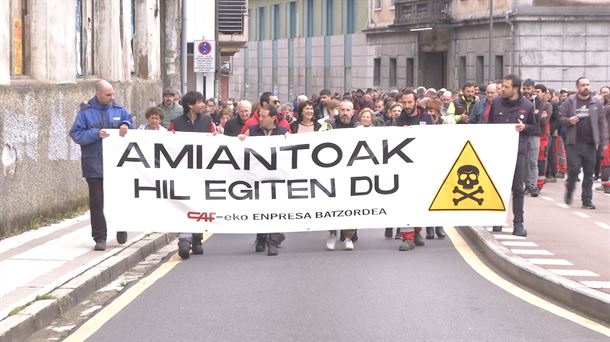The integration report 2024 again reveals many interesting figures. Every fifth person in Austria was born abroad. Many of them feel attracted to the federal capital. The tasks are enormous.
On the occasion of the current report, the Federal Government and Vienna in particular are once again heaping all sorts of reproaches on their shoulders. If you look at the current figures, it becomes clear: Vienna is facing major challenges in many areas, not least the SPÖ and Neos recently called for a residency requirement for those entitled to asylum and subsidiary protection.
But where are the most important construction sites in connection with immigration and integration in Vienna at the moment? We have examined the 100-plus page report and the even thicker statistical yearbook. Some figures should ring alarm bells.
- Distribution: At the beginning of 2024, the number of foreign-born people in Austria was around 1.8 million. That is a share of 19.7 percent of the total population. Germans are by far the largest group of foreign citizens. The favorite destination for immigrants is the federal capital. Almost 40 percent of all people born abroad live in Vienna; in Austria as a whole, this figure is considerably lower: 17 percent.
- Relocations: A challenge for the integration of those entitled to asylum and subsidiary protection is their spatial concentration in Vienna. Around 46 percent of newcomers who did not originally live in Vienna have moved to the capital since 2022.
- Higher unemployment: This has consequences for many other areas, such as the labor market. Vienna has a high unemployment rate among foreigners. It is 15.5 percent. That is almost twice as high as in the other federal states.
- The education system is tilting: an indicator of integration is the number of exceptional students. These children and young people have little to no knowledge of German. Here too, the share in Vienna (6.9 percent) is considerably higher than in other federal states.
- High social costs: Those entitled to asylum and subsidiary protection already made up 44 percent of all welfare recipients in 2023. In Tyrol, this is 43 percent. Both states voluntarily pay those entitled to subsidiary protection the higher minimum income instead of the basic provision. In Vienna, Syrian citizens received social assistance most often in 2023 at 73.7 percent, followed by Somali, Afghan and Iraqi citizens on an annual basis.
How can this be achieved?
The authors of the Integration Report 2024 note that knowledge of German plays a central role in the integration of migrants into the labour market. People with good knowledge of German have a significantly higher employment rate. It is found that, despite the shift towards a labour market, there are still significant differences in labour market integration between different migrant groups. Refugees and those entitled to subsidiary protection in particular often have a lower level of education and therefore need more time to acquire German, which slows down their integration into the labour market. Another finding is that rapid integration into the labour market is in the interests of both migrants and employers in order to meet labour needs in many economic sectors.
And at school?
In the education sector, the report shows that pupils with a migrant background perform worse on average than their native classmates. A major factor in these differences in performance is the poor knowledge of German. Despite various support measures, such as German support classes and integrative German support, there are still significant shortages.
Source: Krone
I am Ida Scott, a journalist and content author with a passion for uncovering the truth. I have been writing professionally for Today Times Live since 2020 and specialize in political news. My career began when I was just 17; I had already developed a knack for research and an eye for detail which made me stand out from my peers.



